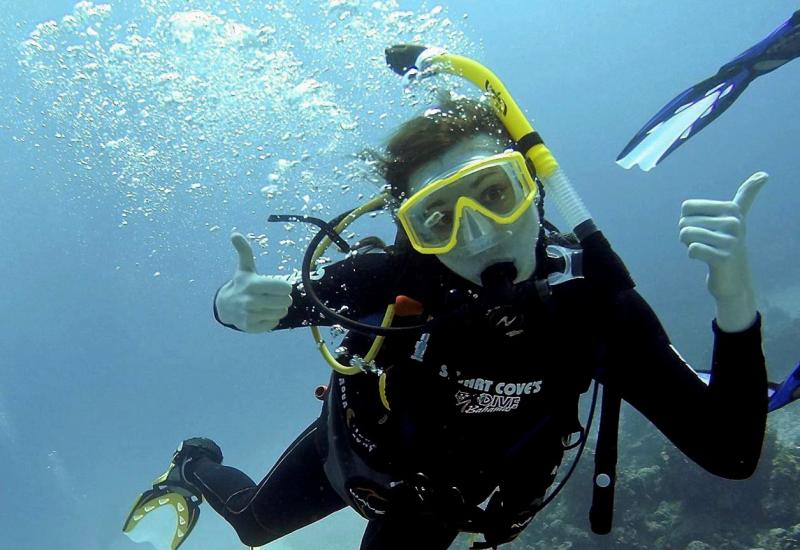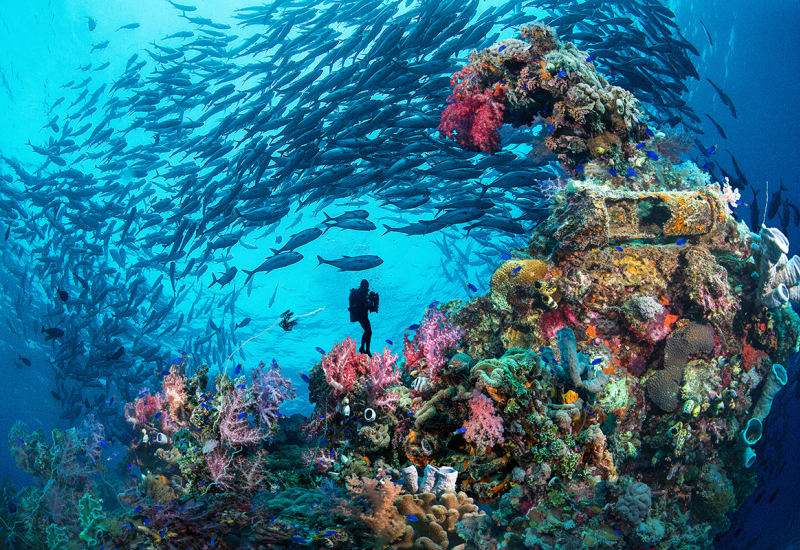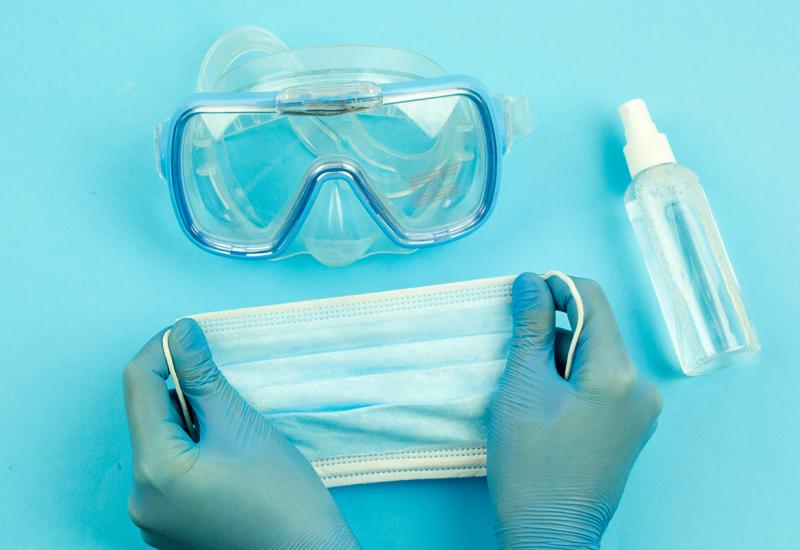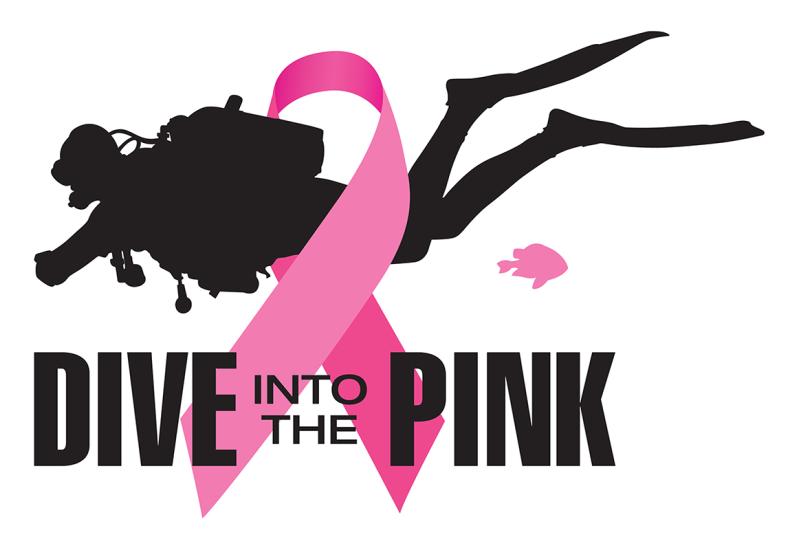Dive Doctor: What Are Skin Bends?

Ask the Doctor
Do you know what the skin bends are like?
Shutterstock
Q: I got a skin rash on my arms and belly during my last dive trip. Someone said I had skin bends. Is there such a thing?
A: Yes, there is such a thing as skin bends, and it can range from a temporary issue that disappears on its own to something that requires medical attention. Most diving physicians believe the rash is caused by bubble formation within the skin itself. Symptoms of minor skin bends after the dive vary from itching without any rash to itching accompanied by a fine, pink, sandpaperlike skin rash that appears mostly on the chest, shoulders, back and upper thighs. In either of these cases, the itching and rash — if there is a rash — disappear within a couple of hours. The more severe form of skin bends is known as cutis marmorata (marbled or mottled skin). This frequently begins as a small area of redness shortly after surfacing that may be irritating and progressively expand. The rash then typically deepens in color and becomes less irritating before darkening in some areas and lightening up in others, taking on the mottled appearance for which it is named. This type of skin bends is most often associated with deep bounce dives and omitted decompression time. Not surprisingly, there is an association between cutis marmorata and more severe symptoms of decompression sickness, including those involving the spine, lungs and circulatory system. Any diver who develops the characteristic skin changes of cutis marmorata should quickly seek medical evaluation, especially if the diving was deep or if there was a missed decompression obligation.
– –
James L. Caruso is a 30-year veteran of the U.S. Navy, serving as ship’s doctor, undersea medical officer and flight surgeon. His experience includes a fellowship in Diving and Hyperbaric Medicine at Duke University Medical Center; today he is Denver's chief medical examiner.
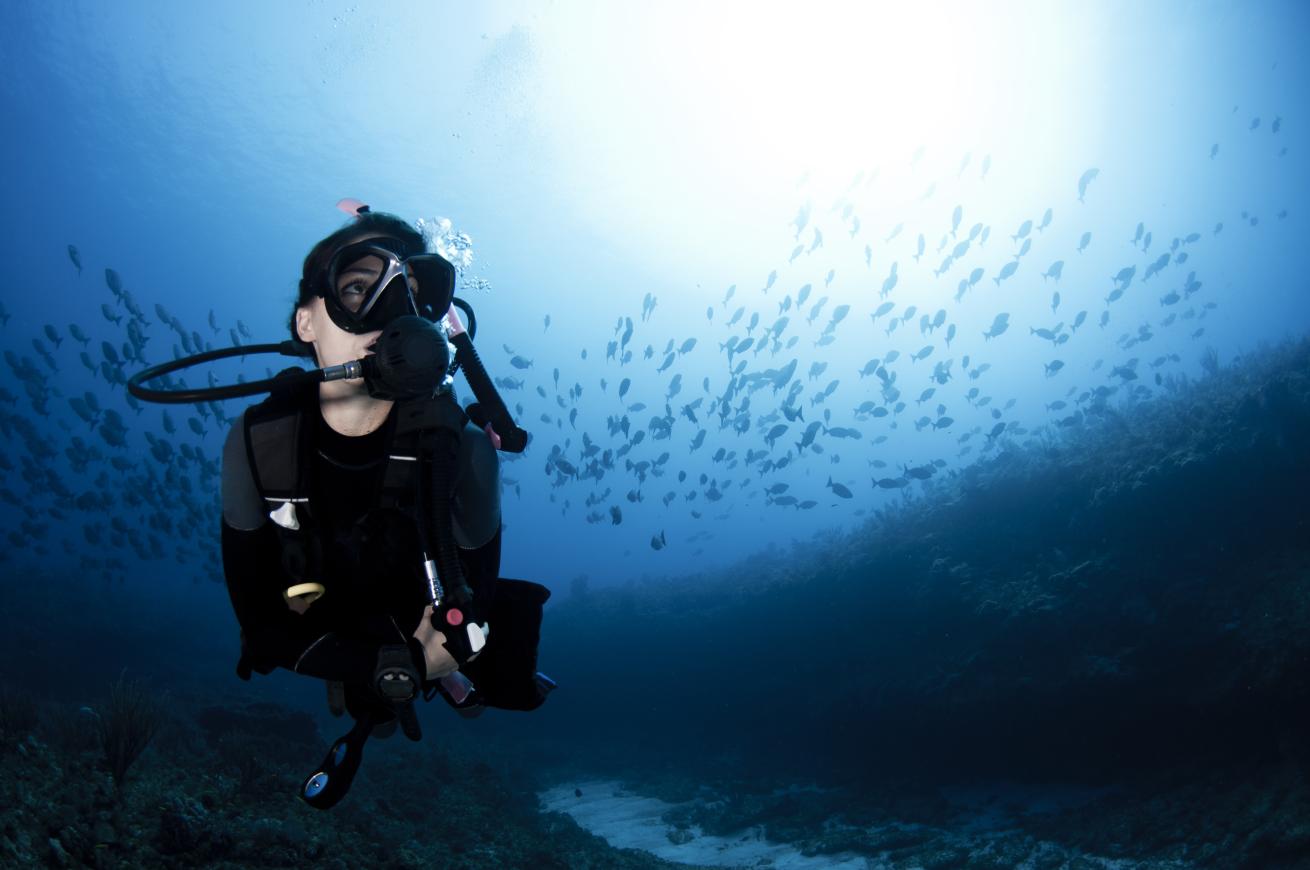
ShutterstockDo you know what the skin bends are like?
Q: I got a skin rash on my arms and belly during my last dive trip. Someone said I had skin bends. Is there such a thing?
A: Yes, there is such a thing as skin bends, and it can range from a temporary issue that disappears on its own to something that requires medical attention. Most diving physicians believe the rash is caused by bubble formation within the skin itself. Symptoms of minor skin bends after the dive vary from itching without any rash to itching accompanied by a fine, pink, sandpaperlike skin rash that appears mostly on the chest, shoulders, back and upper thighs. In either of these cases, the itching and rash — if there is a rash — disappear within a couple of hours. The more severe form of skin bends is known as cutis marmorata (marbled or mottled skin). This frequently begins as a small area of redness shortly after surfacing that may be irritating and progressively expand. The rash then typically deepens in color and becomes less irritating before darkening in some areas and lightening up in others, taking on the mottled appearance for which it is named. This type of skin bends is most often associated with deep bounce dives and omitted decompression time. Not surprisingly, there is an association between cutis marmorata and more severe symptoms of decompression sickness, including those involving the spine, lungs and circulatory system. Any diver who develops the characteristic skin changes of cutis marmorata should quickly seek medical evaluation, especially if the diving was deep or if there was a missed decompression obligation.
– –
James L. Caruso is a 30-year veteran of the U.S. Navy, serving as ship’s doctor, undersea medical officer and flight surgeon. His experience includes a fellowship in Diving and Hyperbaric Medicine at Duke University Medical Center; today he is Denver's chief medical examiner.

